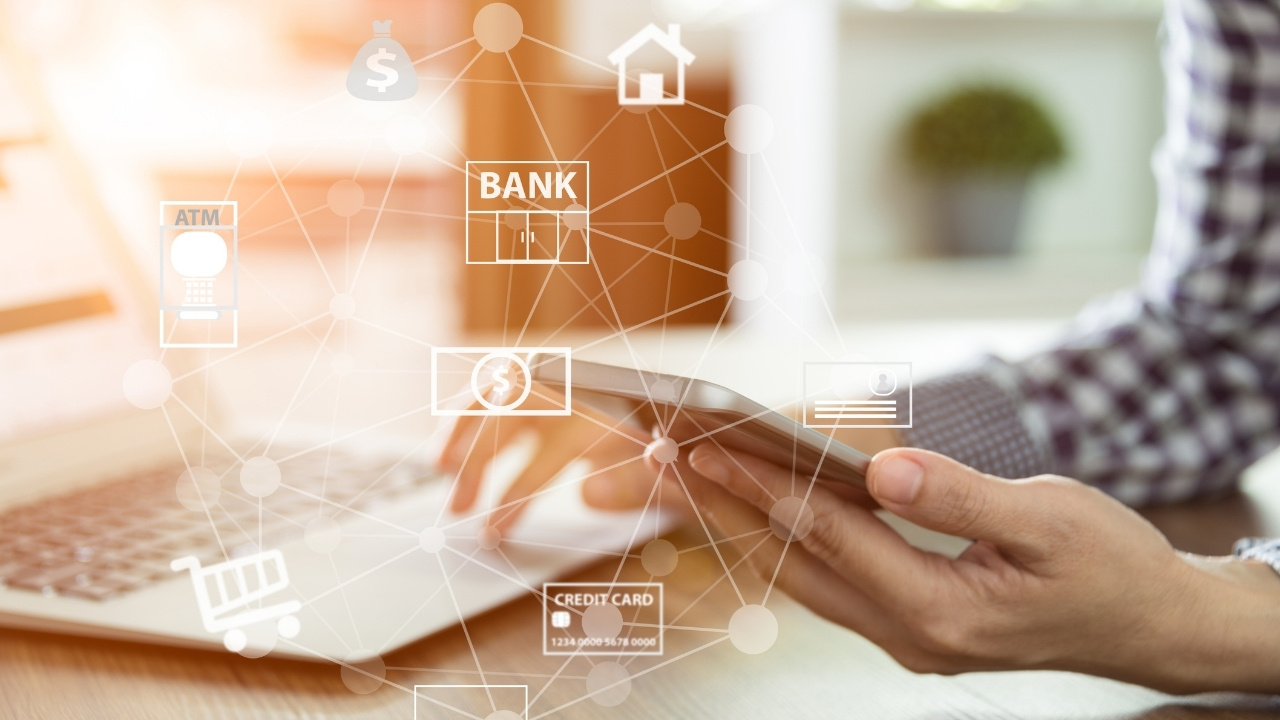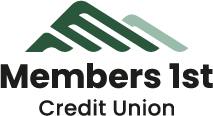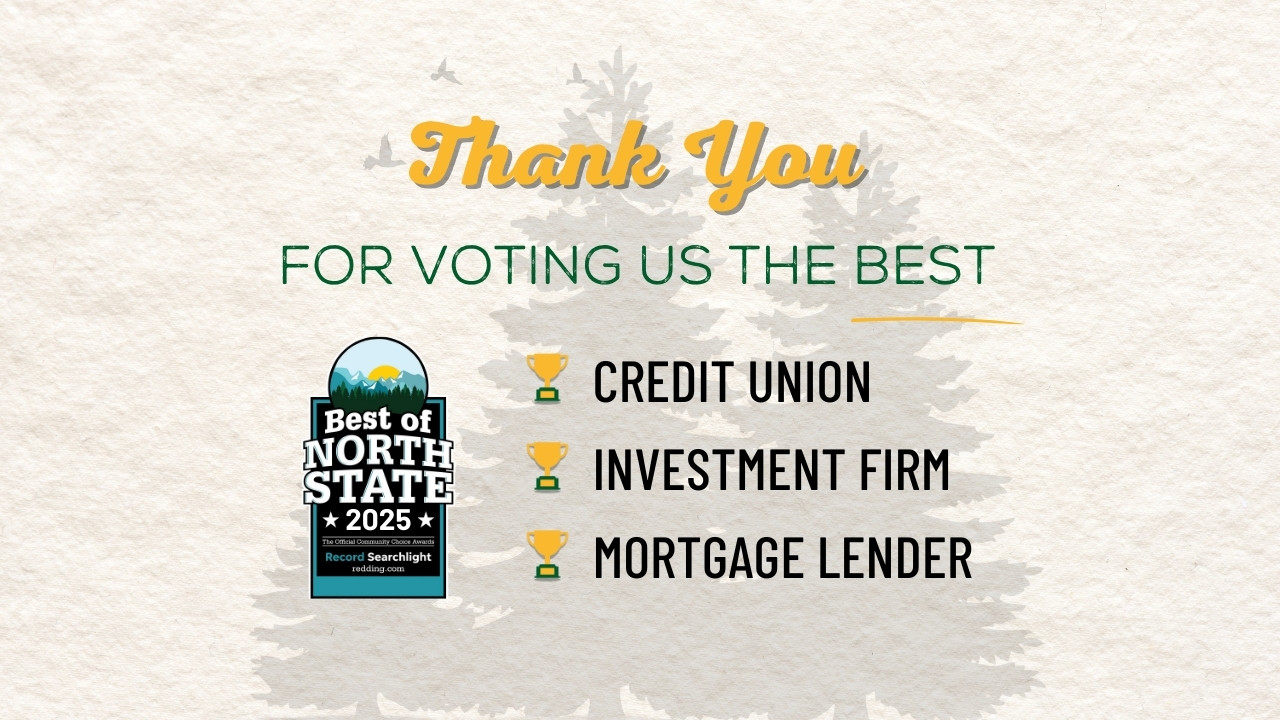
Digital Banking Safety 101: Protecting Your Money Online
Online banking makes managing your money faster and easier, but it also means protecting your financial information is more important than ever. Scammers are getting more creative, and staying safe starts with knowing what to look for.
Here are some digital habits that can help you safeguard your accounts and your peace of mind.
1. Learn How to Spot a Secure Website
Before you enter sensitive information online (like your login, Social Security number, or credit card details) make sure the website is secure. Here’s how:
- Look for “https://” at the start of the web address (the “s” stands for secure).
- Check for a padlock icon in the address bar.
- Be cautious of websites with misspellings, odd domains, or urgent messages urging you to act fast.
If a site looks suspicious, don’t enter your info. Scammers often build fake websites that mimic real companies to trick people.
2. Protect Your Digital Banking Accounts
Your bank or credit union works hard to keep your accounts safe, but you play a big role too. Some simple steps include:
- Use strong, unique passwords for your online banking, avoid reusing the same one across multiple accounts.
- Turn on multi-factor authentication (MFA) so that even if someone steals your password, they can’t log in without your phone or email confirmation.
- Keep your devices updated. Regular updates patch security holes that hackers try to exploit.
- Only download your financial institution’s official app from the Apple App Store or Google Play Store.
Think of your login like the key to your house, if you protect it, you protect everything inside.
3. Monitor Your Accounts Regularly
Even with the best protections, scams still happen. That’s why keeping an eye on your accounts is one of the best defenses.
- Set up alerts to get notified about large withdrawals, purchases, or unusual logins.
- Review your statements every month to catch any charges you don’t recognize.
- Check your credit report at least once a year (you’re entitled to a free one from each bureau through AnnualCreditReport.com).
Catching suspicious activity early can make all the difference in stopping fraud before it gets out of hand.
4. What to Do If You’re a Victim
If you suspect that your online banking information has been compromised, don’t panic — but act quickly:
- Contact your financial institution immediately to freeze or protect your accounts.
- Change your passwords on all accounts linked to your email or banking login.
- Monitor your transactions closely for unauthorized activity.
- Report the fraud to the Federal Trade Commission (FTC) at reportfraud.ftc.gov or to the FBI’s Internet Crime Complaint Center (IC3).
- Consider placing a fraud alert or credit freeze with the major credit bureaus.
The faster you respond, the easier it is to limit the damage and recover.
Final Thoughts
Digital banking is safe and convenient when paired with smart habits. By making sure you’re on secure websites, protecting your accounts with strong credentials, monitoring your transactions, and knowing what to do if fraud occurs, you’ll be far better prepared to block scammers and protect your hard-earned money.
Remember: staying safe online isn’t just about avoiding scams - it’s about building confidence in how you manage your money in the digital world.




